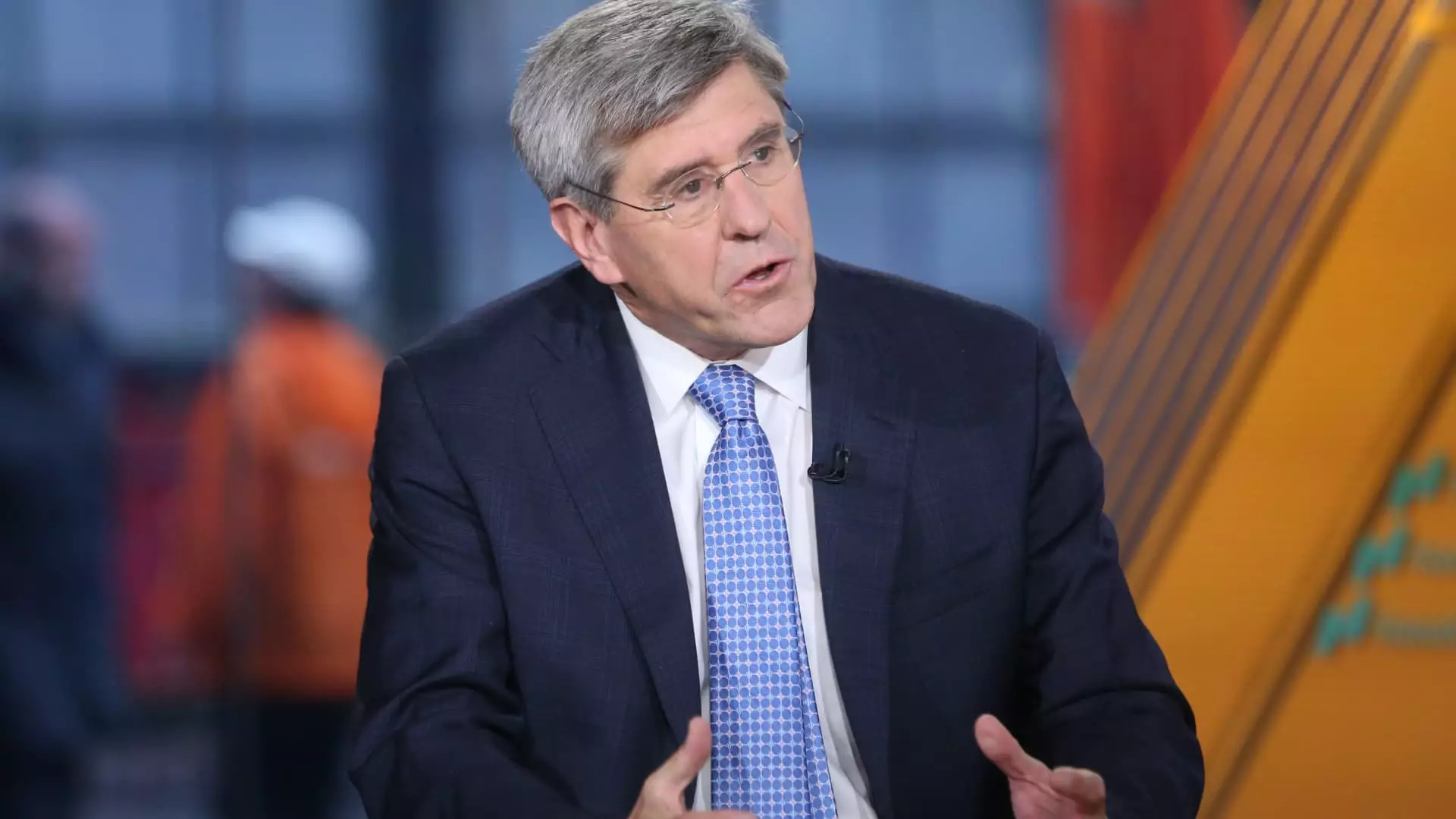Tariffs, once perceived solely as a tool for revenue generation, have evolved over the years to become pivotal instruments in the realm of international relations and economic strategy. The current trade tensions between the United States and China epitomize this evolution, as tariffs function not just as fiscal measures but also as leverage in diplomatic negotiations. This complexity has led to varying pain thresholds for nations under such economic duress. Stephen Moore, a former economic advisor who played a significant role during Donald Trump’s presidency, provided critical insights regarding these dynamics at a recent economic forum in Dubai.
Moore posits that China’s capacity to withstand the pressures induced by tariffs is substantially weaker than that of the United States. He states, “China’s pain threshold is a lot lower than ours.” This assertion invites critical examination, especially considering China’s position as a global economic powerhouse. However, the reality is that the Chinese economy has been grappling with various internal challenges, such as slowing growth rates and pressures from mounting debt. These factors create an environment where retaliatory tariffs could have more destructive consequences for China than for the U.S., owing to the latter’s more diversified economic base and resilient consumer market.
Moore refrained from labeling the current tensions explicitly as a “trade war,” suggesting instead that they resemble a more tactical engagement—what he termed a “trade skirmish.” This distinction emphasizes the nuanced interplay between aggressive tariff imposition and strategic negotiation, hinting at the potential for resolution without escalating to full-blown economic warfare.
At the heart of Moore’s comments lies a broader narrative about global economic dominance and the strategic rivalry between the U.S. and China. He describes this contemporary economic landscape as a “battle for global economic supremacy.” The implications of this sentiment extend beyond mere tariffs, ushering in questions surrounding technological competition, market access, and international alliances.
He strongly advocates for a united front among allied nations, encouraging them to side with the U.S. over China in a potential realignment of global alliances. Moore’s assertion that “Europeans and the Brits and the Australians will have to make a choice” underscores the emerging dichotomy faced by nations caught in the crossfire of U.S.-China relations. Such decisions will be crucial not only for the economic wellbeing of these countries but also for shaping the future geopolitical landscape.
The specter of a protracted trade dispute carries ominous consequences. Economists warn that the ongoing tariff escalations may spiral into a “very destructive global trade war.” Notably, these tensions are not confined to U.S.-China relations alone; they extend to interactions with other nations involved in similar disputes. For instance, the increasing protectionist measures against Canada and Mexico relating to drug imports reflect broader anxieties surrounding domestic issues being handled through international economic levers.
Trump’s tariffs have thus served as a double-edged sword. While aimed at curbing imports that threaten public health and safety, they also risk igniting retaliatory actions, further exacerbating already fraught economic relations.
The tumultuous landscape of tariffs necessitates a comprehensive understanding that transcends mere economic analyses. As nations like China respond with their own tariffs in retaliation, the question remains: how can diplomacy navigate these treacherous waters? The stakes are high, not only for the involved nations but for global trade as a whole.
Moore’s insights serve as a call to reconsider existing economic policies and their broader implications, reinforcing that in an interconnected world, the fragility of economic stability can no longer be underestimated. The enduring challenge lies in balancing national interests with the collective need for cooperative global governance to mitigate the risks posed by the shifting tides of international economy.


Leave a Reply